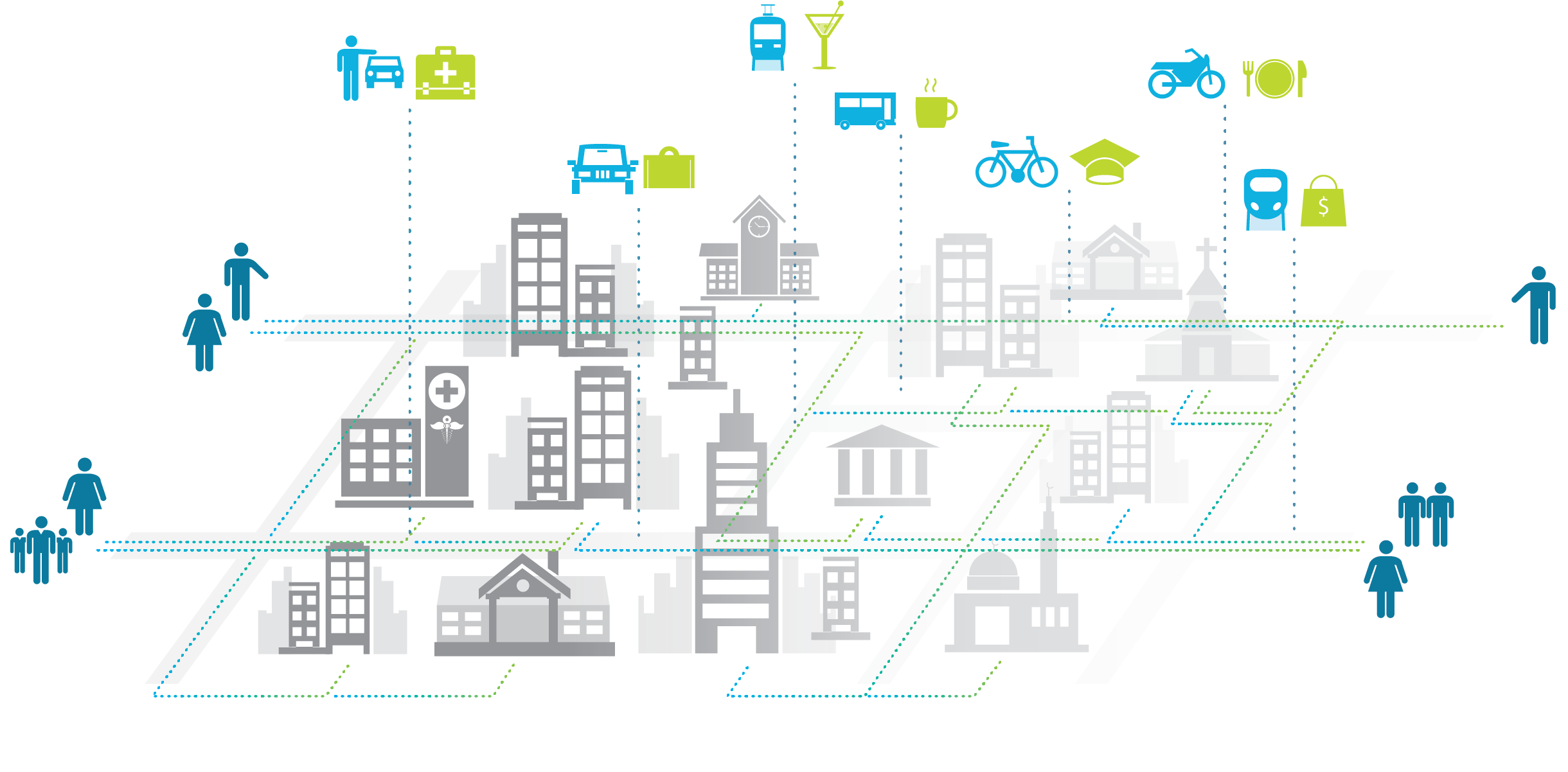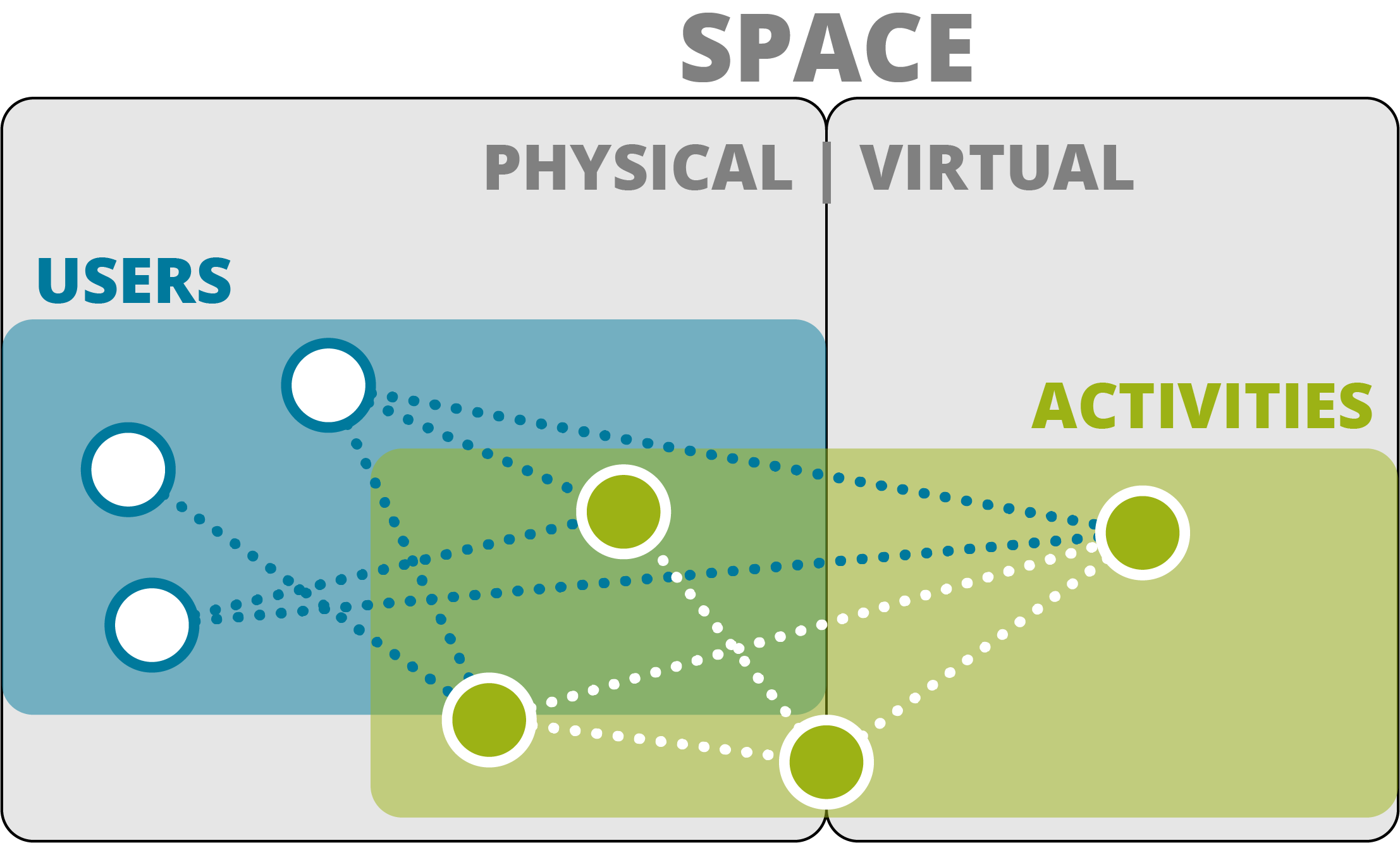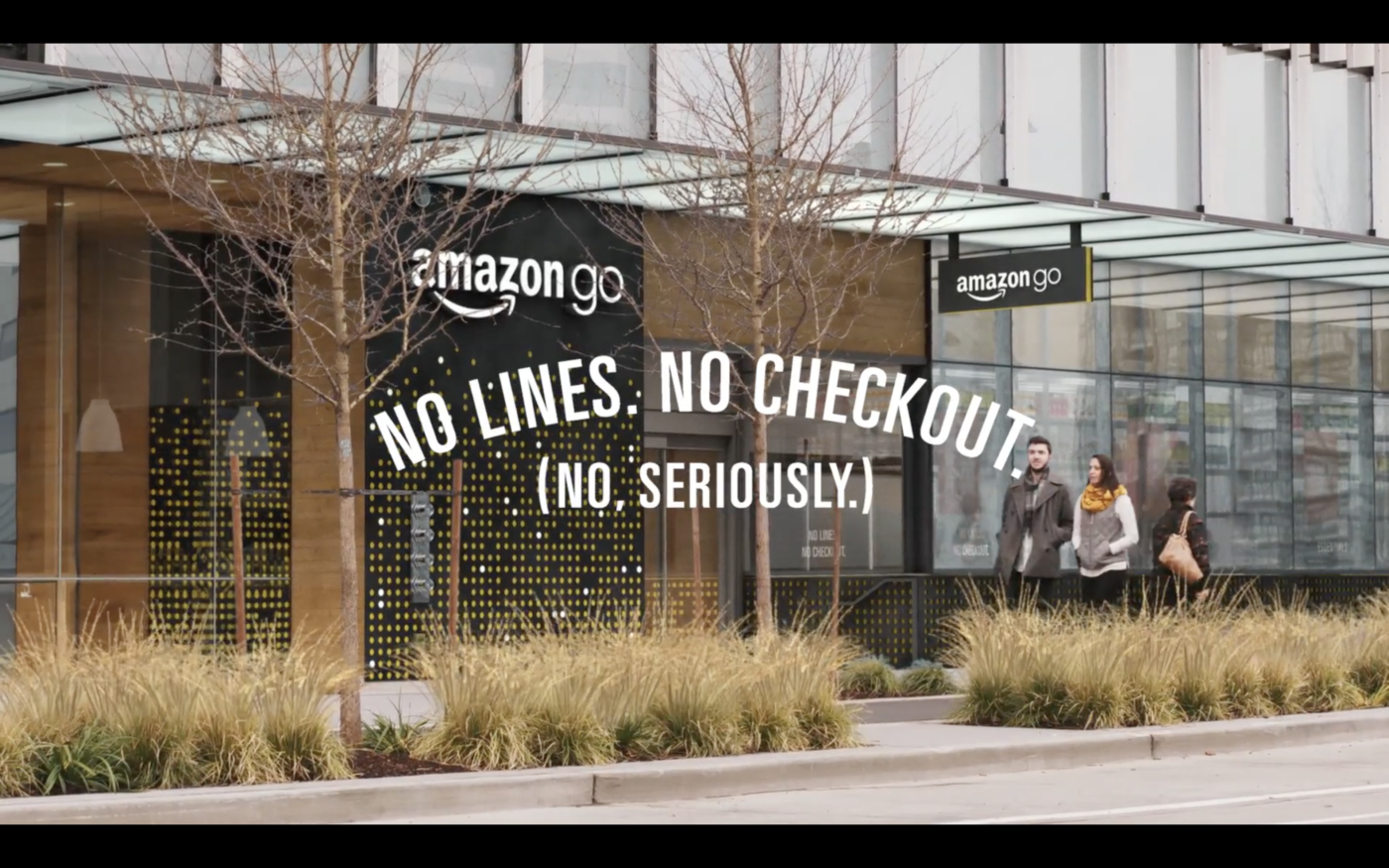It's all about the interface
This quote from Tom Goodwin (then at Havas) is oft-repeated in the context of disruptive innovators. It exemplifies a movement which has turned many business sectors upside down – where startups have rethought and replaced and traditional models with the use of technology and smart interfaces. It also highlights an important truth in the world today – there is real money to be made in the interface not just the commodity.
This focus on interfaces is in part an outcome of the rise of smartphones and ubiquitous computing. It is no longer necessary to take out a laptop or find an internet cafe; large populations throughout the world have networked super-computers in their pockets at all times. That continuous local compute has changed the way people interact with goods and services in fundamental ways. It is possible to shop and check out without taking out a credit card or speaking to a check-out person. When traveling around the city (local or foreign) you have the choice between looking up real-time continuous directions or just hailing a ride to take you where you need to go. In either case you don’t need to describe or indicate where you are located, just where you want to go.
The social behavior modifications of the smartphone have also changed when, where and how people communicate. If you want to broadcast a daily vlog (video log) you can do so in the moment. Hold a face-to-face conversation with someone across the world on a street-corner? Easy. Share your thoughts on the daily news with everyone you know without calling a single person? Piece of cake. In many of these examples you are inhabiting an infinite virtual space through an interface which eliminates distance, supplants locale and simultaneously connects and disconnects. Digital and physical interactions and transactions are increasingly fungible, which has far-reaching consequences for the design of spaces of all scales.



